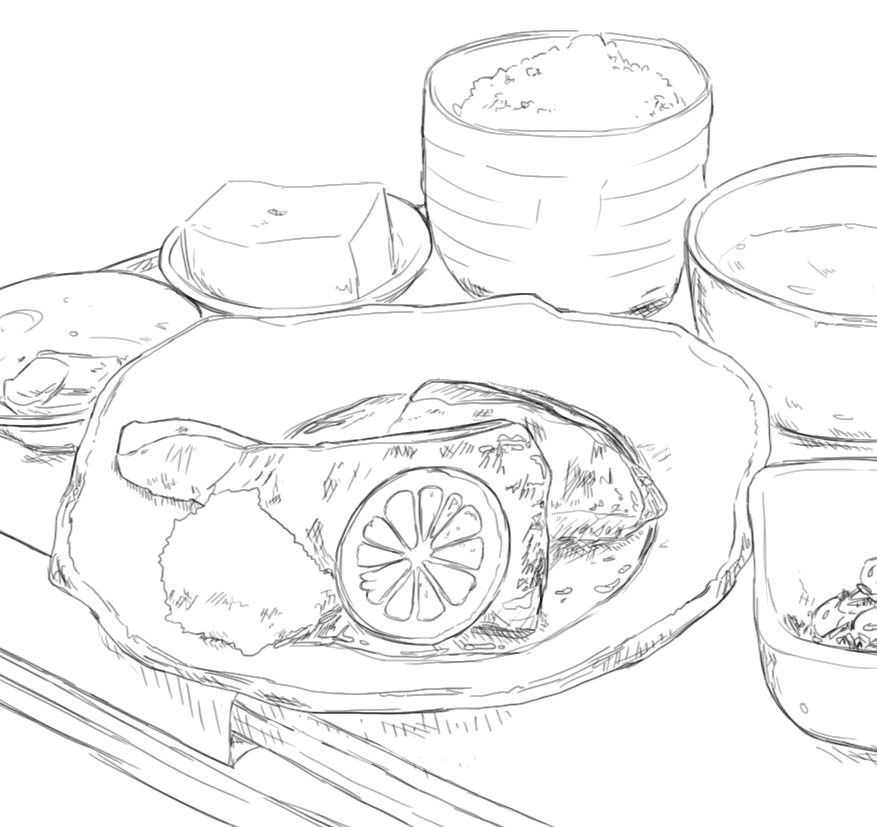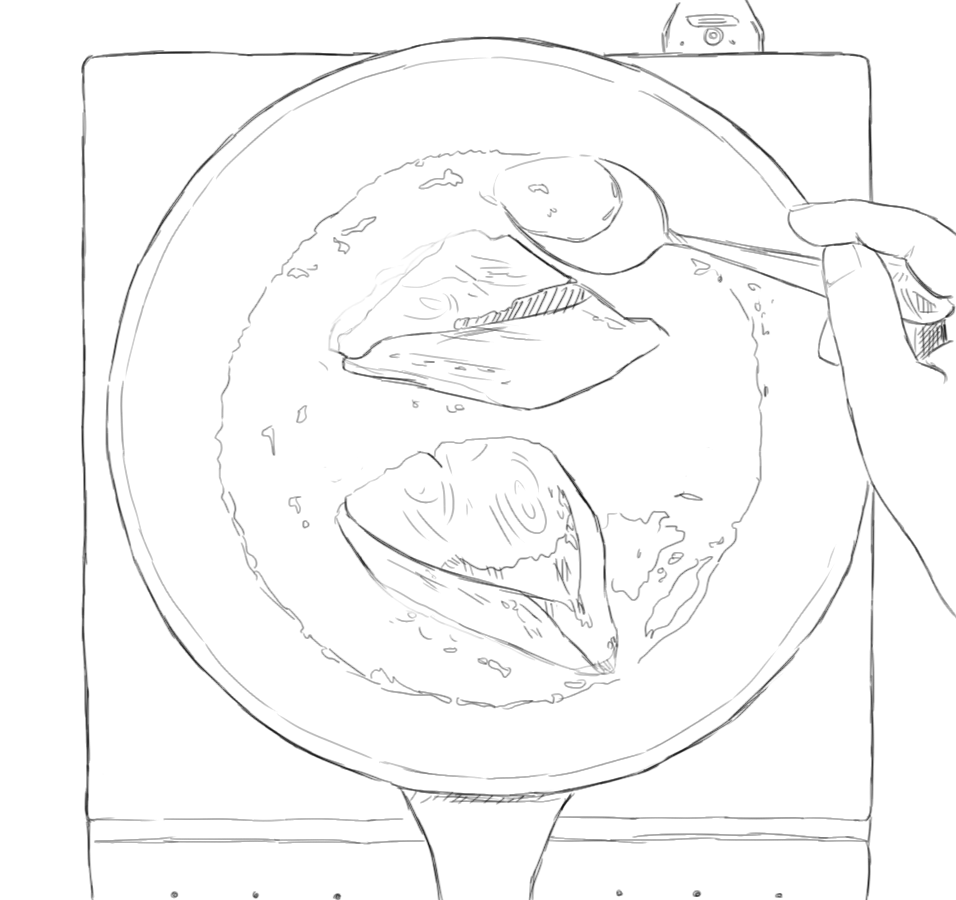
Finessing The Foundation to Japanese Seasoning
I was making dinner that night, and so I went into the living room to ask my roommate if she wanted me to make enough for her as well. I was thinking teriyaki salmon, with a side of steamed vegetables, rice, and maybe some miso soup. I hadn’t been back to Japan in a while, and so I was really craving a taste of home.
I poked my head in, “Hey, I’m thinking of making teriyaki salmon — do you want some?”
She paused for a moment but then shook her head, “No, it’s okay. I’m trying to be a bit healthier this week.”
Teriyaki is… unhealthy? I wondered to myself.
It wasn’t until a few weeks later when I caught my friend cooking with teriyaki that I understood where the misconception came from. Using a pre-packaged bottle, she poured out a thick, gooey brown sauce and used it on top of her cooked chicken. I picked up the glass bottle and read the nutrition label: Oh, that’s a lot of sugar and ingredients I don’t recognize.
How to Make Healthier Sauces
Before living in the United States, I hadn’t actually ever used premade teriyaki sauce. If I looked for it closely, maybe I could’ve found it in a grocery store in Japan, but otherwise it had never occurred to me as something to be bought prepared. In fact, teriyaki sauce wasn’t necessarily “a sauce”, but it meant cooking with four ingredients: soy sauce, sugar, mirin, and sake.

This is the key difference with healthy Japanese cooking: rather than viewing it as a separate condiment, we can be using less sugar, oil, and salt in our favorite sweet sauces without compromising flavor by cooking the flavor into our foods, not dousing it on top.
Topping off food with a premade sauce versus cooking with the ingredients results in a completely different taste profile, even if they use the same exact ingredients, because of the way the ingredients bond with the food. So when I mean how to make a healthier version of our favorite Japanese sauces, I don’t mean how to replace sugar with a sweetener substitute or hacks on replacing oil with a synthetic alternative, but how to cook with these Japanese staples to bring out their full sweetness, saltiness, and umami flavors.

Foundational Cooking with Soy Sauce, Sugar, Mirin, and Sake
- Measure out equal portions of soy sauce, mirin, and sake (Ex. 100ml of soy sauce, 100ml of mirin, and 100ml of sake) and half of one portion of sugar (Ex. 50ml of sugar)
- This is the foundational ratio for teriyaki sauce– you can adjust these ratios to your own preference.
- Heat up your pan on medium heat, and place fish skin-side down or choice of protein for 1-2 minutes. This is to incorporate crispy, smoky flavors.
- Add the sake and mirin– cooking with the alcohols first, because it adds a distinct flavor and smell by bonding with both fat and water in the fish (or choice of protein). Let it reduce a bit, another 1-2 minutes.
- Add the soy sauce and sugar. Reduce heat. Sugar sweetens the protein, but soy sauce adds a strong umami element– proper soy sauce goes through a days-long fermentation process with wheat and soy, helping bring out an earthy flavor.

Adapting the Foundations to Other Sauces
To make unagi (eel) sauce
- Use equal parts soy sauce, sugar, and mirin (no sake).
- Unagi sauce is sweeter and thicker than teriyaki sauce, but essentially uses the same ingredients. Same cooking process as teriyaki.
To make saikyo-yaki sauce
- 2:1:1 parts white miso, mirin, and sake. Marinade fish (or choice of protein) in the saikyo-yaki sauce, and grill or bake until cooked through.
- Here, the soy sauce is replaced with white miso, a different Japanese seasoning staple that is also umami-rich and goes through a long fermentation process. Saikyo-yaki sauce is thicker, saltier, and less sweet than teriyaki, so it works better as a marinade.
This is Japanese Healthier Cooking
While it may seem like more work than a bottled sauce, cooking with the ingredients throughout the process helps bring out a delicious salty-sweet aroma and savory flavor that really incorporates itself into your food, not just tops it.
Rather than relying on large amounts of sugar or fat to make foods taste palatable, or focusing on trying to use sugar substitutes and mock flavors to recreate our favorite “unhealthy” sauces, Japanese cuisine focuses on how to enhance these flavors throughout the process by using less. It’s not an elimination diet or categorization of healthy and unhealthy ingredients, but a balance in the way we use them– This is Japanese healthier cooking.


If you enjoyed this article or have any questions, comments, or suggestions for me please reach out at kokumura@kakikata.space 🌱 I would love to hear from you, and assist you in your health journey in any way I can!
Warm regards,
Kaki